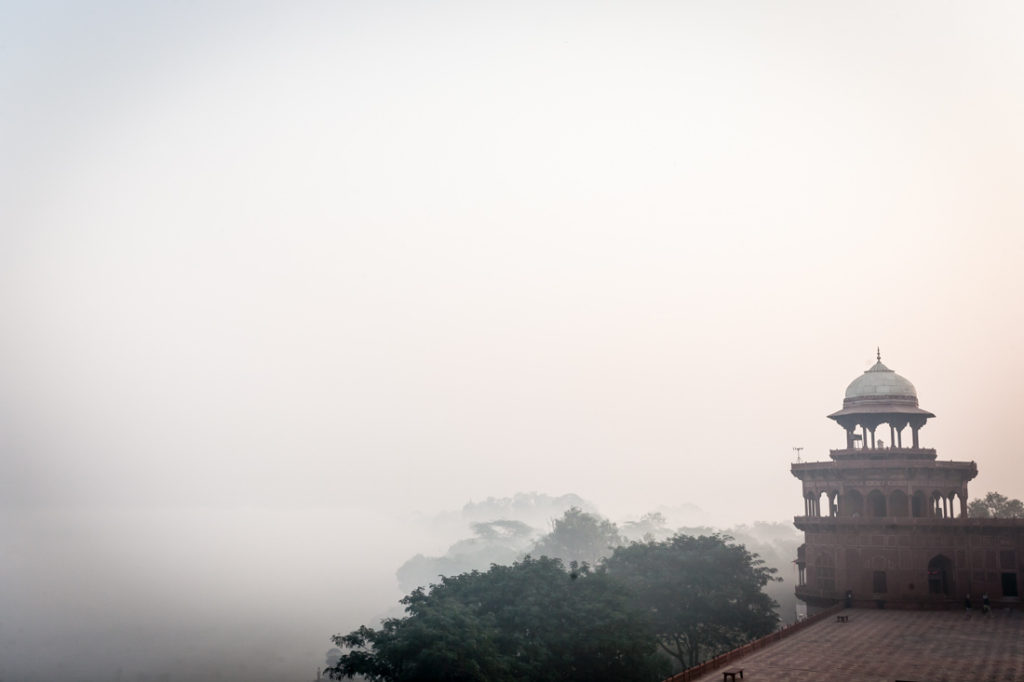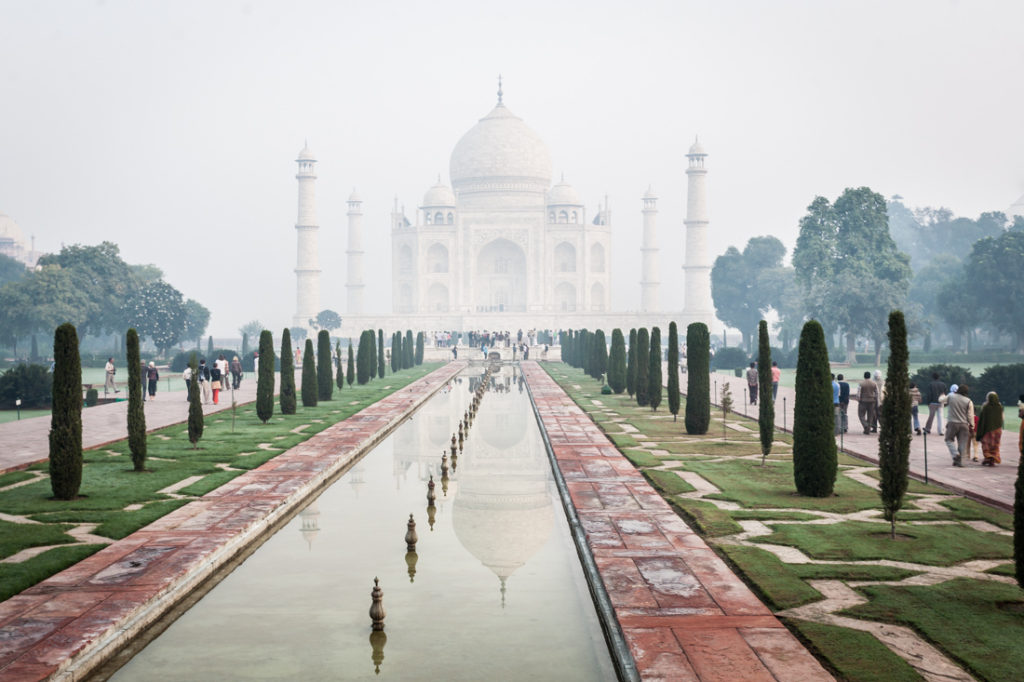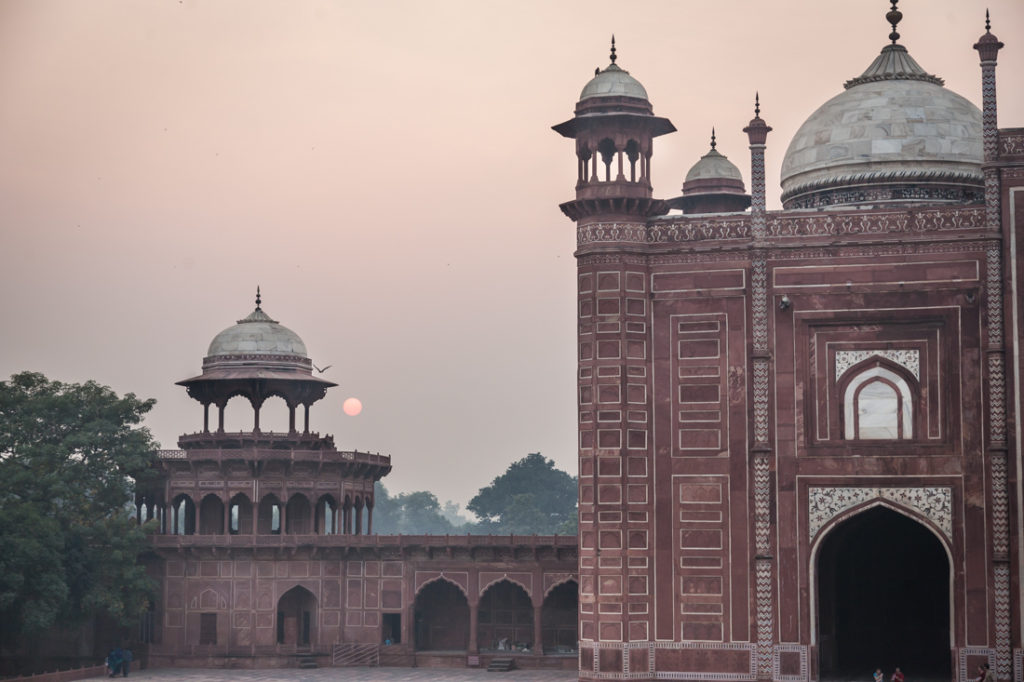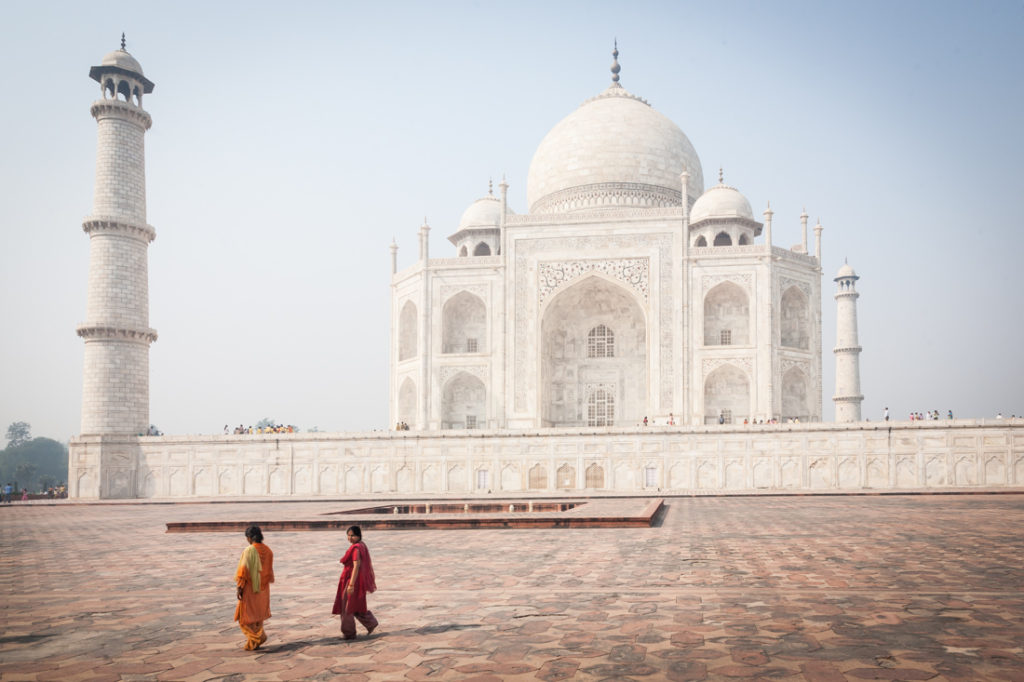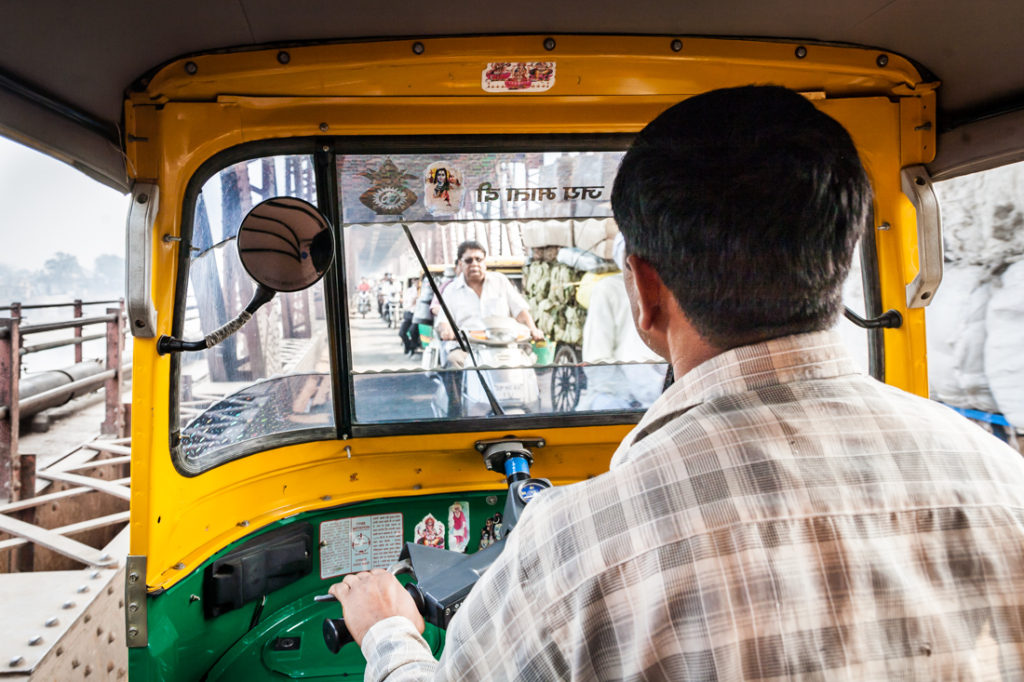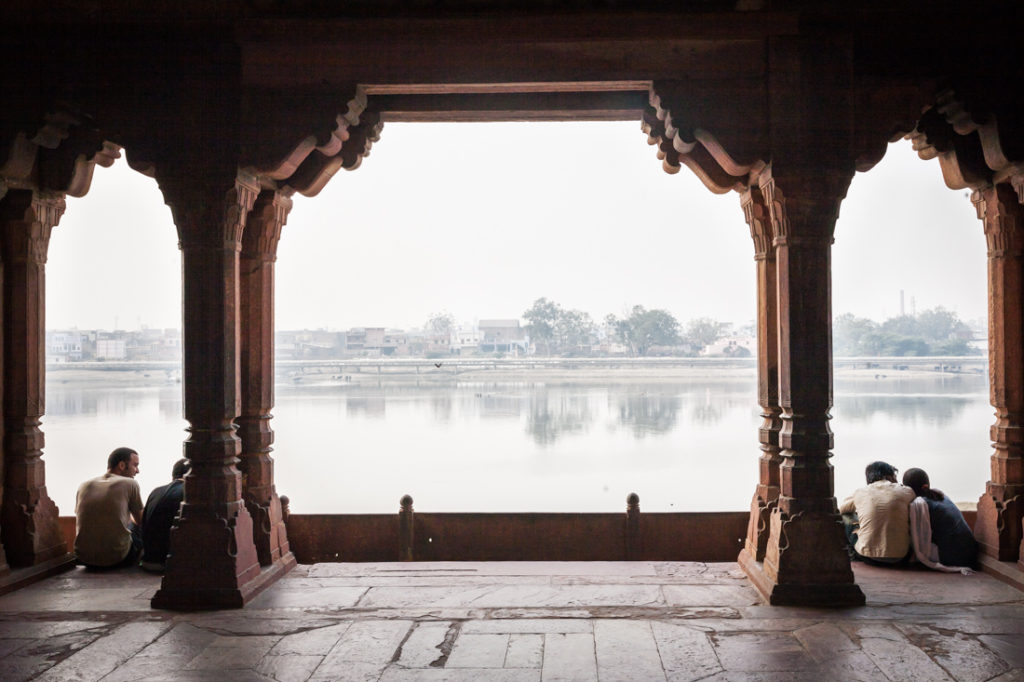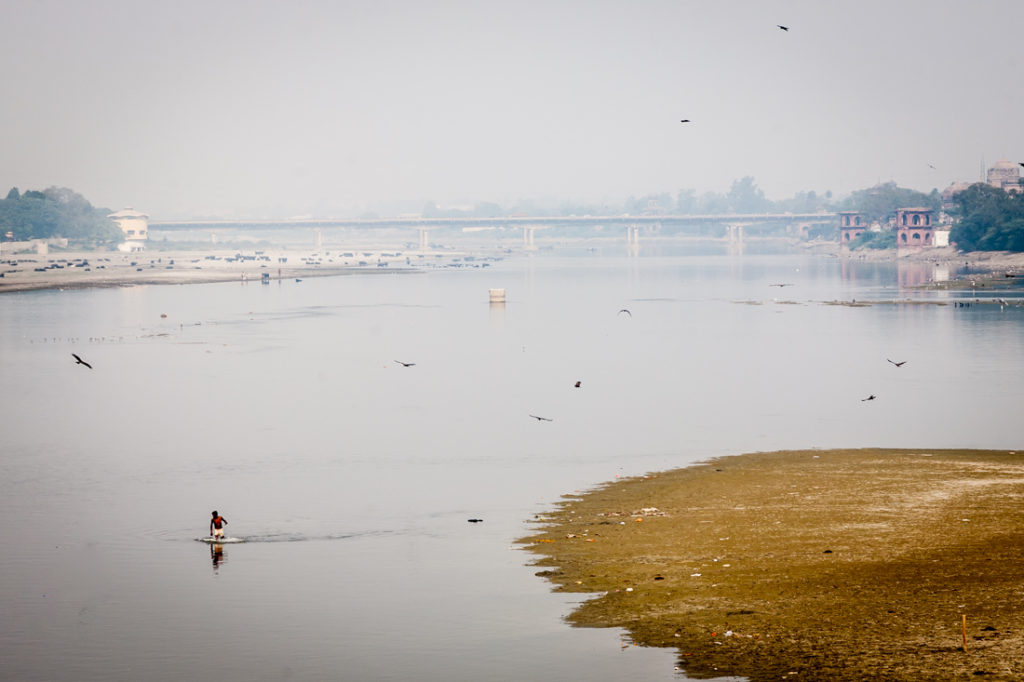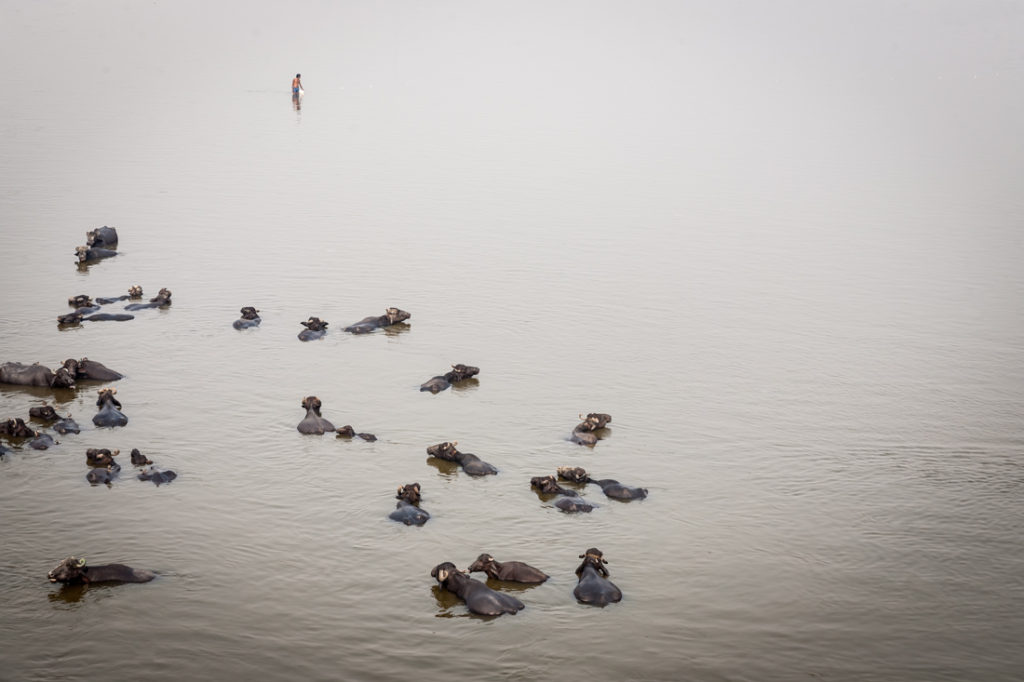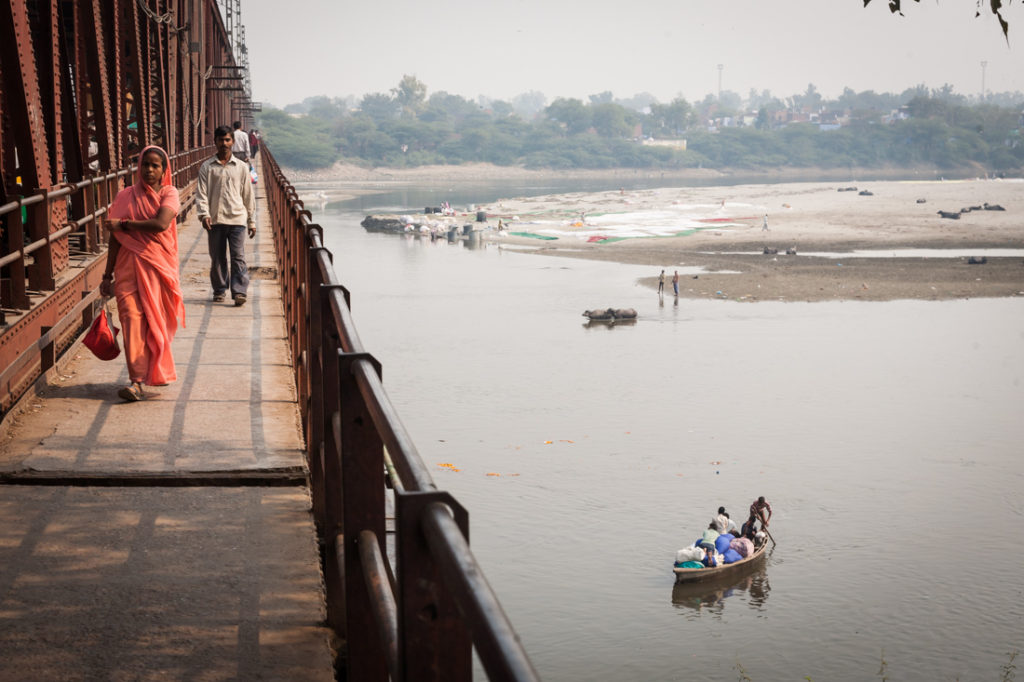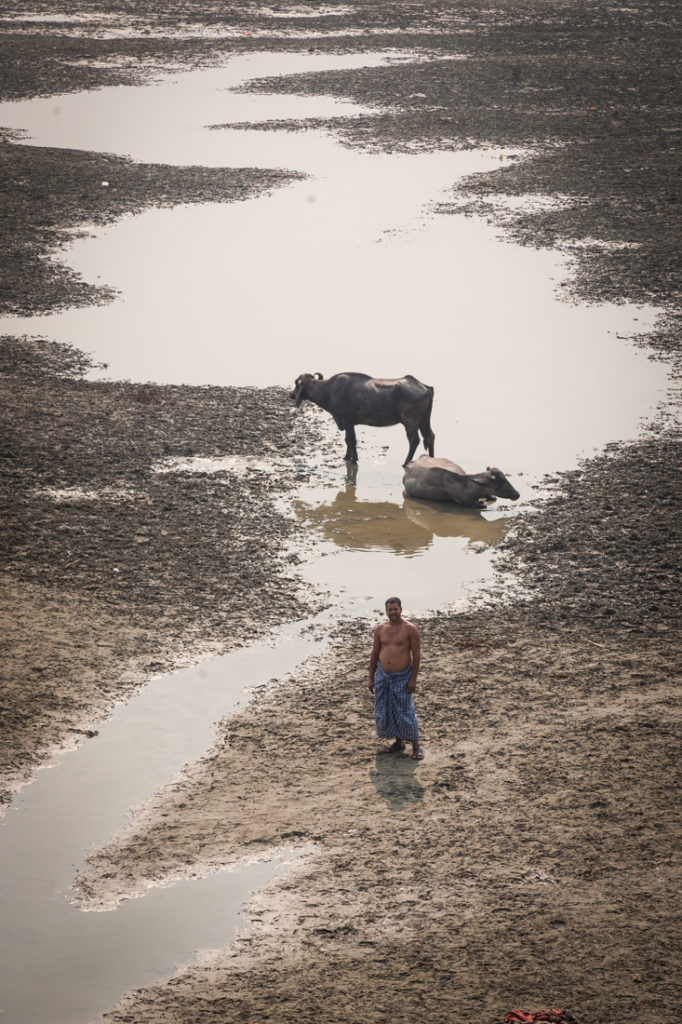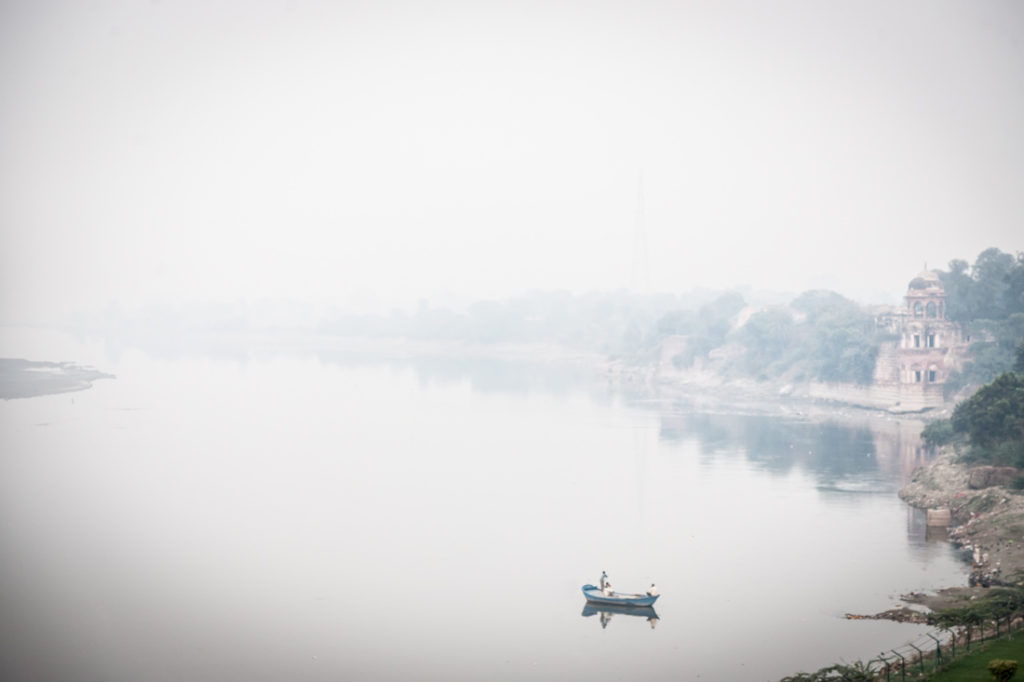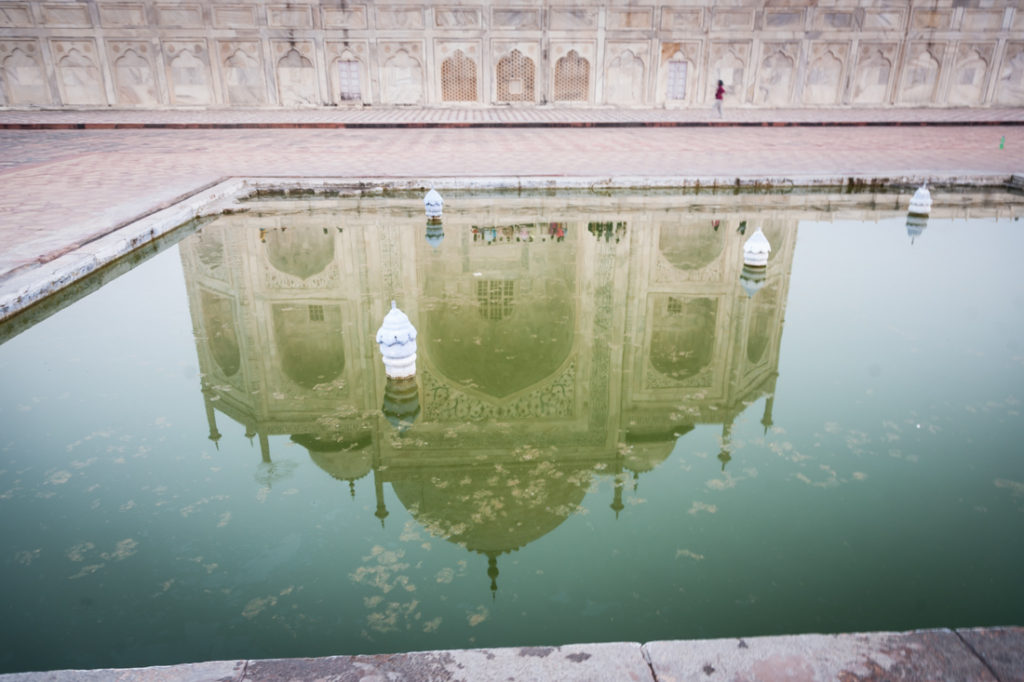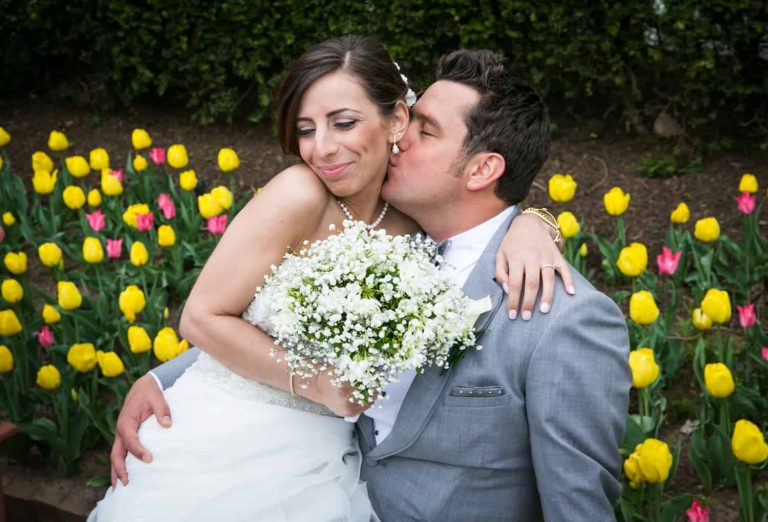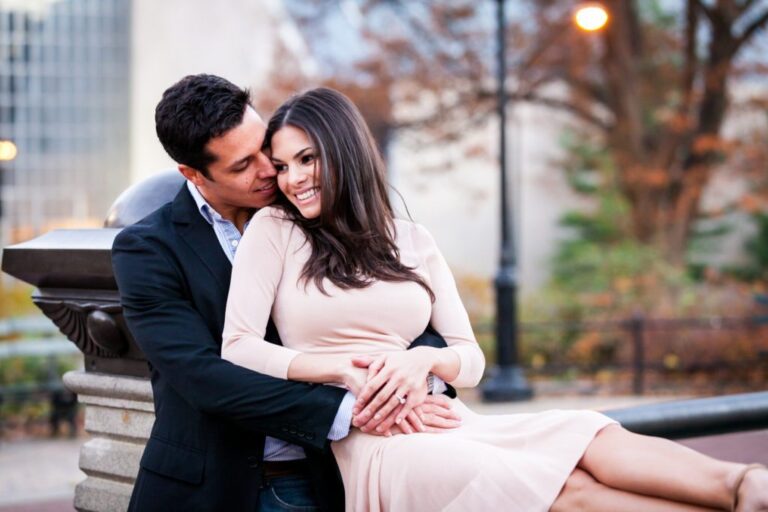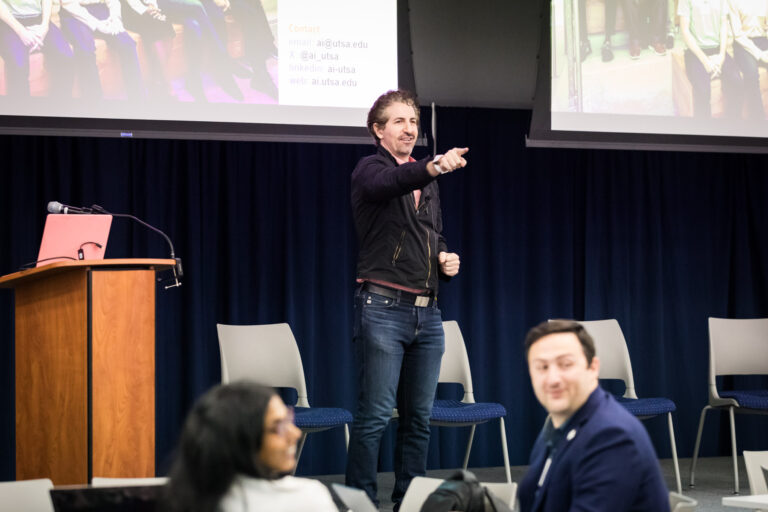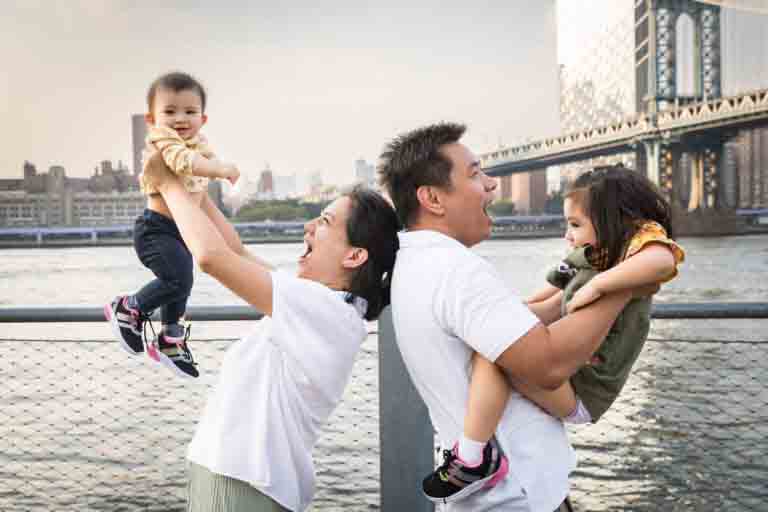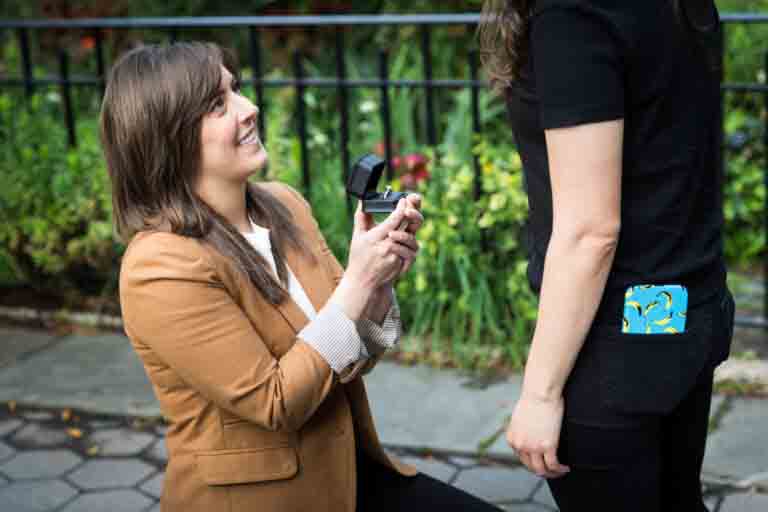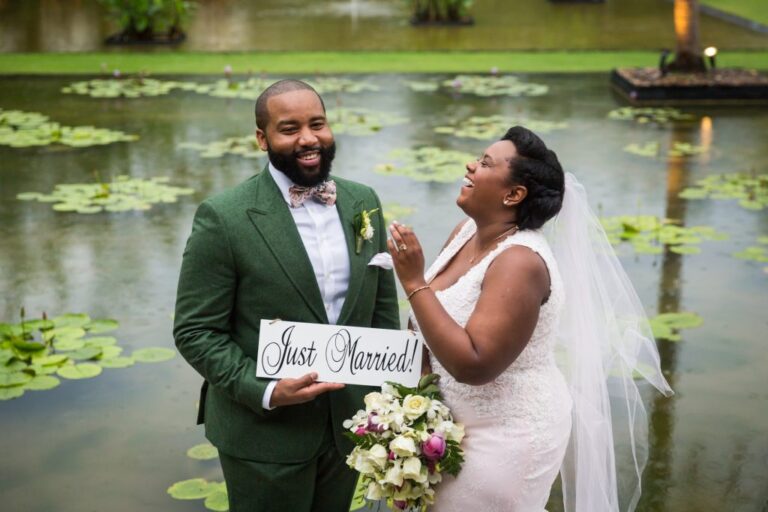5 Habits Every Photographer Should Develop
Let me start by saying that this was originally going to be a travel blog…of Stony Brook, New York. I visited Stony Brook yesterday, but thanks to the horrible weather, I didn’t take my cameras out of my bag once. Instead, my trip left me with a lot of time to think deep thoughts about the evolution of my work as a photographer, and the habits I have developed along the way. What has helped my work become more professional? Find out the five habits every photographer should develop – regardless of skill level – on today’s post.
1. Think about your photo before you pick up the camera
The concept of shutter speed, ISO, and aperture and how they all intersect are complicated. For most photographers starting out, it takes a few years to get everything in sync and to understand how changing one dynamic will affect all the others. Once you get your settings down pat, however, you tend to shoot on autopilot. That is a mistake. Each scene and each portrait is different, and you have to think about what it takes to make each person, place, or thing look best. For me, I tend to shoot with a very shallow depth of field so that I put the most emphasis – and focus – on whatever is in my foreground. While I was in Death Valley, however, I changed my aperture settings constantly to f/11 and beyond so that I got everything in the frame in focus. The trick is to think before you shoot. Conceptualize what you want the camera to do, then dial in your settings and make your camera do what you want. You need to remain in control of the tool in your hands.
2. Check your settings when you move to a different light situation
When I first started out shooting weddings, I was notorious about not checking my settings when I moved from one location to another. If I was shooting the bride getting ready with f/3.2 and an ISO of 1000 (because the room was light), when we moved outside to get photos of her moving to the limo, my settings would usually still be stuck in the same position and the photos of the limo (outside with much more available light) would be completely blown out and unusable. Learn from me, grasshoppers. When you move from one location to the other, look down at your camera and check that you have the appropriate ISO, aperture, and shutter speed for what you want to photograph.
3. Slow down and think – light, rules, depth of field
This habit has taken me the longest to develop. The idea of slowing down – for anything – has been a hard life lesson for me to learn. I am getting there, however. I dearly love recording life around me with my camera. But to go beyond simply documenting my world to actually making a statement with my camera requires slowing down and really seeing what’s happening. In the course of learning to slow down, my street photography has gone from snapshots to statements. It doesn’t happen with every shot, but when it does, it’s magical.
4. Look beyond the forefront of the frame to what’s in the background
We’ve all seen funny family photos with a lovely family portrait in the front and some horrible/hilarious scene in the background that the photographer never noticed until the photos were developed. Don’t be that photographer. After spending hundreds of hours using Photoshop to take out trashcans, exit signs, and other eyesores, I now make sure to look as much at what’s behind my subject as what is in front. Same goes for photography on the street where there is trash or other detritus. If you can take it out of the frame before you shoot, then you don’t have to remove it digitally afterwards.
5. Clean your equipment
This habit is just funny. Before every job and every trip, I thoroughly clean all of my equipment. From blowing out dust, to wiping every lens – I clean everything. Here is why: in the days before automatic sensor cleaning on cameras, I went to India. You’ve seen the photos, but have you seen the photos before I edited them? Here is an image (one of many) where you will note all the dust specks due to the fact that I never thought to clean my cameras. Learn from me: clean your cameras before every shoot so that you don’t have dust to deal with when you edit.
Before….
…and after editing
Bonus: continually educate yourself about photography and art
I have found that taking photos of what is around you is all well and good, but it is even better to get out of your own bubble every once and a while. I have tried to make it a habit to visit art galleries – across a wide spectrum of mediums – at least once a month. Something I did more often early in my career, and which I need to do more of now, is to read about past photography masters and look at their work. Seeing what other artists are making and doing will have an influence on your own work. It will encourage you to try new things and look at the world from a different perspective. Seeing the work of Diane Arbus made me want to seek out more unique and different individuals to photograph. Seeing the work of Garry Winogrand made me want to take more street photos and definitely taught me that I am not shooting enough photos. Learn from Garry: get out there and shoot more photos.
The photos accompanying this article are from my 2008 trip to India. You can view all of the images from the series on my personal website – www.Kelly-Williams.com

